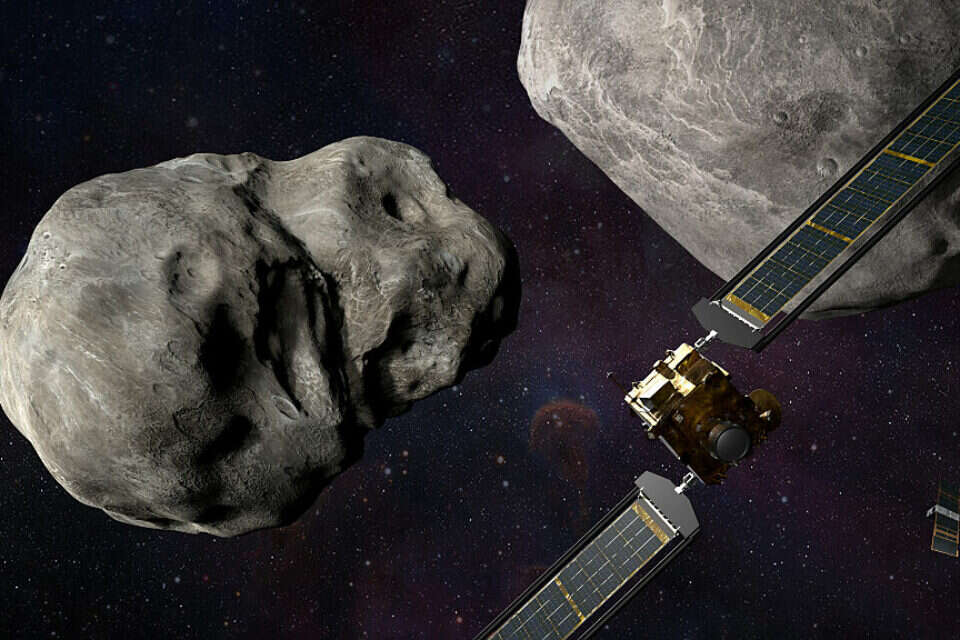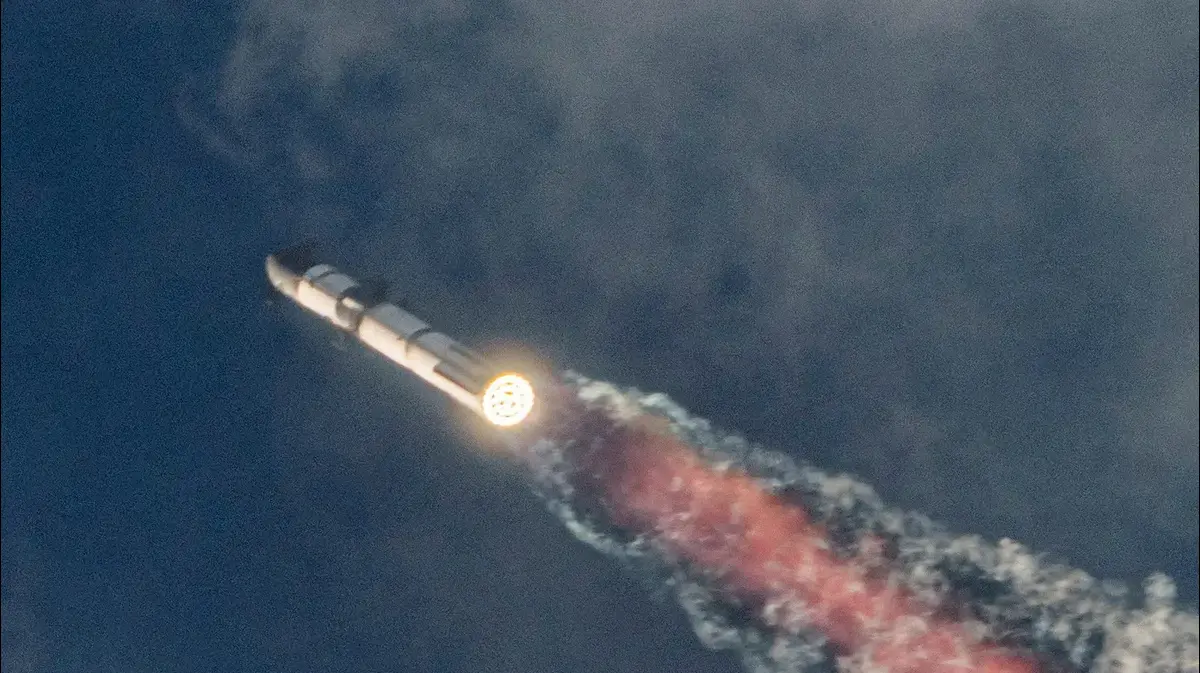NASA's DART spacecraft collided with a distant asteroid at hypersonic speed yesterday (Monday) in the world's first test of a planetary defense system, designed to prevent a potential collision of meteors with Earth.
The first attempt by mankind to change the motion of an asteroid or any celestial body Appeared in a NASA webcast from the Mission Operations Center outside Washington, D.C., 10 months after the DART spacecraft was launched.
The live broadcast showed images taken by DART's camera.
The $330 million mission, which was in development for about seven years, was designed to determine if a spacecraft could change the trajectory of an asteroid through sheer kinetic force, and derail it precisely enough to keep Earth out of harm's way.
The asteroid photos, photo: AFP
Was the experiment successful beyond achieving its intended impact?
Something that will not be known until further telescopic observations of the asteroid next month.
NASA officials welcomed the immediate result of the test on Monday, saying the spacecraft had achieved its goal.
"NASA works for the benefit of humanity, so for us it's the ultimate fulfillment of our mission to do something like this - a technology demonstration that who knows, could one day save the house." Ours," NASA Deputy Administrator Pam Melroy, a retired astronaut.
Launched by a SpaceX rocket in November 2021, DART made most of its journey under the guidance of NASA flight managers, with control being transferred to an autonomous navigation system on board in the final hours of the journey.
Monday evening's impact was monitored in near real time from the mission's operations center at the Applied Physics Laboratory of Johns Hopkins University in Laurel, Md.
Cheers erupted from the control room as images of the impact filled the television screen of NASA's live broadcast just before the signal was lost, confirming that the spacecraft had crashed into Dimorphus.
DART's celestial target was an elongated "moon" asteroid about 560 feet (170 meters) in diameter orbiting a five times larger parent asteroid called Didymos as part of a binary pair of the same name, the Greek word for twin.
Neither object poses a real threat to Earth, and NASA scientists said their DART probe could not accidentally create a new danger.
Asteroids Dimorphos and Didymus are both tiny compared to the deadly Chicxulub asteroid that hit Earth about 66 million years ago, wiping out about three-quarters of the world's plant and animal species, including the dinosaurs.
Smaller asteroids are much more common and of greater theoretical concern in the near term, making the Didymus pair suitable test subjects for their size, according to NASA scientists and planetary defense experts. level a major city with a direct hit.
Also, the relative proximity of the two asteroids to Earth and the dual configuration make them ideal for DART's first proof-of-concept mission.
A robotic suicide mission
The mission represented a rare instance in which a NASA spacecraft had to crash to succeed. DART flew directly into Dimorphos at 15,000 miles per hour (24,000 km/h), generating the force that scientists hope will be enough to shift its orbital path closer to the asteroid. the father
APL engineers said the spacecraft likely shattered into pieces, leaving a small impact crater on the asteroid's rocky surface.
The DART team said it expects to shorten Dimorphos' orbital path by 10 minutes, but would consider at least 73 seconds a success, proving the exercise a viable technique for diverting an asteroid on a collision course with Earth — if ever discovered.
Nudging an asteroid millions of miles in advance might be enough to safely orbit it.
The probe was also observed by a camera mounted on a briefcase-sized spacecraft that had been released from DART days earlier, as well as by ground-based observatories and the Hubble and Webb space telescopes, but images from them were not immediately available.
DART is the latest of several NASA missions in recent years to study and interact with asteroids, primordial rocky remnants from the formation of the Solar System more than 4.5 billion years ago.
were we wrong
We will fix it!
If you found an error in the article, we would appreciate it if you shared it with us






